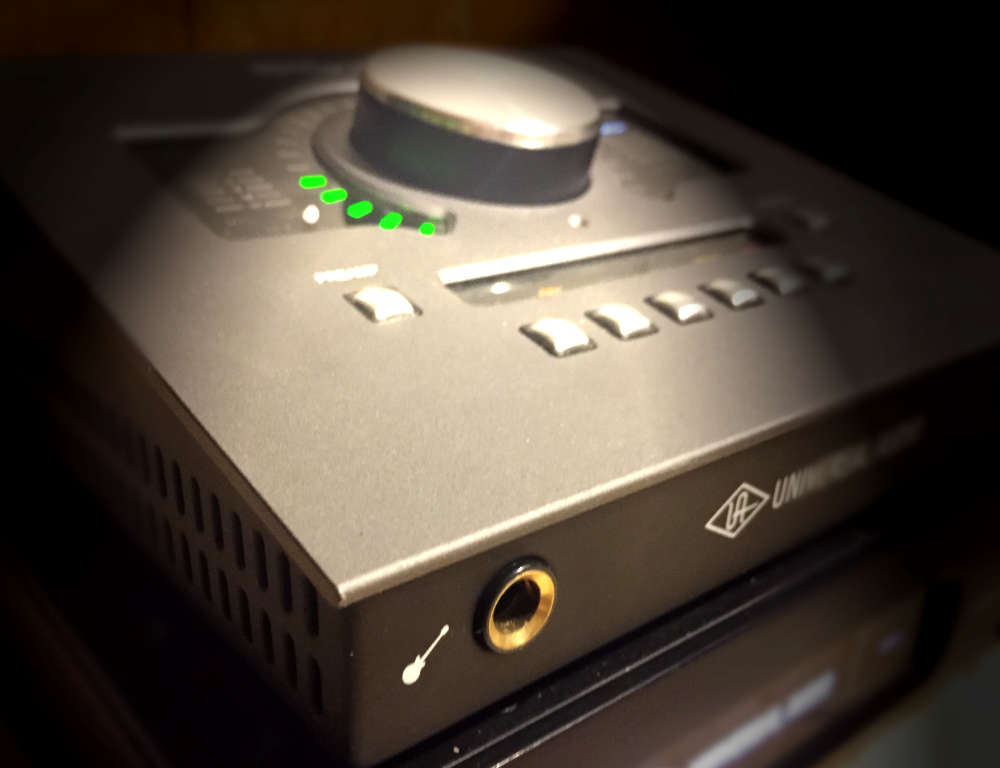My Universal Audio Universe

I purchased my first UAD-1 card back in November of 2004 right after Digital Performer added automatic delay compensation for plug-ins. Since then I added a second UAD-1 card, sold those and bought a UAD-2 Quad PCI card, sold that and bought an Octo Satellite, added a pair of Apollo 8p interfaces, and then topped it off with a Twin MkII Quad. With 18 inputs and 20 DSP chips at my disposal, you might say that I have fully embraced the UAD ecosystem.
I was attracted to the UAD plug-ins because of the quality of their algorithms. I think they are doing the most impressive work out there in modeling analog hardware. The killer feature that sold me on their interfaces is their Unison technology. Modelling a preamp will only get you so far in recreating the sound of a microphone plugged into a preamp. Changing the impedance of the analog input to match the input impedance of the preamp that’s being modeled is a huge step forward. An now there are a number of Unison-enabled guitar and bass amps that do the same thing with the instrument input.
Needless to say my ability to be on the road with a full featured studio would be quite a different undertaking without the tools from Universal Audio.
Below is my lighthearted, but accurate, top ten reasons that I love using UAD plug-ins and audio interfaces:
- The sound quality.
- The tape emulators allow you to turn off tape hiss, wow and flutter and crosstalk.
- Having the option to automate virtually every knob or switch.
- Being able to do large mixes on a laptop because so much processing is on the UAD DSP chips.
- Not needing half a dozen racks full of outboard.
- Having a dozen racks of virtual outboard at my disposal.
- You don’t have to avoid problematic channels on the vintage console.
- Not having to repatch all the outboard gear, or deal with patch bays at all.
- You don’t have to wait for the tubes to warm up.
- Mix recalls don’t require that you manually reset all your hardware.